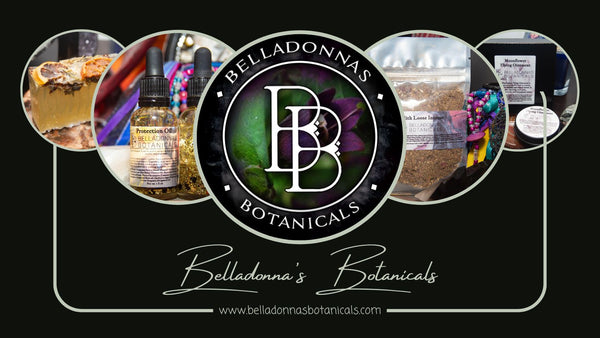I am enrolled in a perfuming course through the Online Perfume School and am loving it as it has expanded how I think about aromas beyond what they smell like. Aroma has the power to evoke emotions and memories, but when you sit with an aroma or a blend, you can start to draw upon other sensory experiences such as the color of the aroma, its temperature, associated imagery, or how it sounds whether it be a particular sound or even music. Our sense of smell is one of our most powerful sensory experiences.
Perfumes are made using different types of ingredients. They can be made using natural essential oils only or they can be made adding fragrance oils and aroma chemicals in addition to essential oils. I recently wrote a blog titled Essential Oils vs Fragrance Oils where I explored the differences between natural and synthetic components of perfumes and colognes.
There are three primary ways to create perfumes and colognes.
Spray perfumes using alcohol as a base
Solid perfumes using an oil and beeswax base
Perfume oils using only a carrier oil as a base
Some recipes on the internet will recommend using vodka for alcohol-based perfumes, but it is important to use a denatured (non-drinkable) perfumer's alcohol (SDA 40B), especially if you are looking to sell your creations. Perfumer's alcohol is a combination of Ethanol, T-butyl alcohol, and Bitrex (Denatonium Benzoate.) In the United States, you will have to get a special permit in order to not only sell your perfumes, but to also purchase larger quantities of perfumers alcohol. In most cases, the limit is 5 gallons per year without a permit.
Spray Perfumes
There are several different formulations that can be used to create different types of perfume based on the percentage of fragrance and perfumer's alcohol as a base. For one fluid ounces (30 ml) here is a general guide of fragrance to perfumer's alcohol ratio. It will be most helpful to have a set of graduated cylinders to measure by ml. I recommend blending by weight, but you can also make notes on drops used.
Body Spray - 1 ml of fragrance (essential oils, fragrance oils, aroma chemicals) and 29 ml of Perfumers Alcohol
Eau de cologne - 1.5 ml of fragrance and 28.5 ml of perfumers alcohol
Eau de toilette - 3 ml of fragrance and 27 ml of perfumers alcohol
Eau de parfum - 4.5 ml of fragrance and 25.5 ml of perfumers alcohol
When you make a spray perfume mixed with perfumer's alcohol, it is recommended to let it sit for up to a month for the fragrance to really meld into its final form. You can always use it right away, but the fragrance may change over time.
Solid Perfumes
I use a blend of Jojoba oil and beeswax to make solid perfumes. If you are looking for a vegan alternative to beeswax, you can substitute Candelilla Wax, but it has a much harder consistency than beeswax, so you will need to adjust the formulation accordingly.
I use a 1:3 ratio of wax to oil for the base. If you use, 1 ounce of beeswax, you will use 3 ounces of a carrier oil.
For a solid perfume batch using 1 ounce of beeswax and 3 ounces of jojoba oil, I use about 1 ml of fragrance in the blend. This amount can be adjusted slightly depending on the intensity of the fragrance.
Perfume Oils
I use 10 ml roller bottles for perfume oils, in which case I use about 20-25 drops of the fragrance blend, plus 10 ml of a carrier oil like jojoba or sweet almond oil.
Perfume blending techniques
It is essential to understand the fragrance note of each component in the blend whether it be an essential oils, fragrance oil, or aroma chemical. Typically, they are arranged in a pyramid of Top notes, Middle or Heart Notes, and Base Notes. Top notes like citruses will evaporate more quickly, but will often be the first aroma that you smell when the perfume is applied. Middle notes are the heart of the fragrance and last quite a bit longer than top notes, and base notes last the longest as deep and heavy aromas. Aromatic blends are comprised of all three types to balance out the fragrance. You shouldn't use all top notes or all base notes on their own. Even if you are creating a light refreshing citrus blend you will want to give it some heart with mid notes and a solid foundation of base notes.
Your fragrance blends can also be used outside of perfume or cologne applications. Those fragrance blends can be used in soaps, skincare products, and bath & shower products as well. It is important, especially when using essential oils to know any safety precautions associated with the oil. I love cinnamon bark, but it is a highly sensitizing essential oil, so I will often use a synthetic fragrance oil in its place for the aroma only.
Happy perfume making and fragrance blending!

